Home>Articles>Building A Home? Here Are 7 Major Industry Changes You Should Know


Articles
Building A Home? Here Are 7 Major Industry Changes You Should Know
Modified: October 21, 2024
Stay up to date on the latest industry changes in home building with our informative articles. Learn about the 7 major shifts transforming the construction landscape.
(Many of the links in this article redirect to a specific reviewed product. Your purchase of these products through affiliate links helps to generate commission for Storables.com, at no extra cost. Learn more)
Introduction
Building a home is an exciting and rewarding journey that allows homeowners to create a space that reflects their unique style and needs. However, the homebuilding industry is constantly evolving, with new technologies, materials, and design trends shaping the way homes are constructed. As a homeowner, it’s crucial to stay informed about these changes to ensure that your home is not only aesthetically pleasing but also sustainable, efficient, and safe.
In this article, we will explore seven major industry changes that you should be aware of when building your home. From sustainable materials and smart home technology to energy efficiency and improved safety standards, these developments are revolutionizing the way we live and build. Let’s dive in and discover how these changes can enhance your home construction experience.
Key Takeaways:
- Embrace sustainable materials, smart home technology, and energy-efficient practices to create a modern, eco-friendly, and cost-effective home that enhances your lifestyle and minimizes your environmental impact.
- Consider modular construction, home automation, improved safety standards, and urban planning to build a safe, convenient, and vibrant living space that reflects the latest industry advancements and fosters a sense of community.
Sustainable Materials and Design
In recent years, there has been a growing emphasis on sustainable materials and environmentally friendly design in the construction industry. The use of eco-friendly materials not only reduces the negative impact on the environment but also contributes to healthier living spaces for homeowners.
One notable advancement is the increased availability of renewable materials such as bamboo, reclaimed wood, and recycled plastic. These materials have gained popularity due to their durability, versatility, and low environmental impact. They can be used for flooring, countertops, and even structural elements, providing a stylish and sustainable alternative to traditional materials.
Additionally, sustainable design practices focus on optimizing energy efficiency and reducing waste. Features such as energy-efficient windows, well-insulated walls, and smart lighting systems not only reduce energy consumption but also lower utility bills for homeowners.
Moreover, sustainable designs often prioritize natural lighting and ventilation, allowing homeowners to rely less on artificial lighting and air conditioning. This not only reduces energy usage but also promotes a healthier living environment.
Incorporating sustainable materials and design into your home not only benefits the environment but also adds long-term value to your property. By embracing these advancements, you can enjoy a beautiful, energy-efficient home while minimizing your ecological footprint.
Smart Home Technology
The rise of smart home technology has transformed the way we interact with our homes, making them more convenient, efficient, and secure. From voice-activated assistants to connected appliances, smart home technology offers homeowners a wide range of possibilities to enhance their living experience.
One of the key benefits of smart technology is the ability to control various aspects of your home remotely. With a smartphone or tablet, you can adjust the thermostat, turn on/off lights, and even lock/unlock doors from anywhere in the world. This level of convenience not only adds to the comfort of your home but also allows for energy savings by optimizing the usage of utilities.
Smart home security systems have also become increasingly sophisticated, providing homeowners with peace of mind. These systems include features such as surveillance cameras, motion sensors, and remote monitoring, allowing you to keep an eye on your property even when you’re away.
Furthermore, smart appliances are becoming more prevalent in modern homes. From refrigerators that can create grocery lists to washing machines that can be operated remotely, these appliances not only make daily tasks more convenient but also help optimize energy consumption.
Integration is a key aspect of smart home technology, as different devices can communicate and work together seamlessly. This means that your lights can automatically turn off when you leave the house, and your thermostat can adjust itself based on your preferences and daily routine. This level of automation and customization not only saves energy but also enhances the overall comfort and efficiency of your home.
As technology continues to advance, smart home devices will only become more accessible and affordable. Incorporating these technologies into your home construction plans can future-proof your property and empower you to enjoy a more connected and efficient living experience.
Energy Efficiency
In today’s world, energy efficiency has become a top priority in home construction. With rising energy costs and increased concern about environmental sustainability, homeowners are seeking ways to reduce their carbon footprint and save on energy expenses. Fortunately, advancements in energy-efficient technologies and building practices have made it easier than ever to create an energy-efficient home.
One of the key aspects of energy efficiency is insulation. Properly insulating your home helps to maintain a comfortable indoor temperature year-round, reducing the need for excessive heating or cooling. By using high-quality insulation materials, such as spray foam or insulated concrete forms, you can significantly improve your home’s energy efficiency and reduce energy waste.
Another important consideration is the use of energy-efficient appliances and fixtures. From ENERGY STAR certified appliances to LED lighting, these products are designed to consume less energy while still providing the same level of performance. Using energy-saving appliances not only helps to reduce your overall energy usage but also lowers your monthly utility bills.
Renewable energy systems, such as solar panels, have also gained popularity in recent years. Installing solar panels on your roof can generate clean, sustainable energy for your home, reducing your reliance on the grid and potentially even allowing you to sell excess electricity back to the utility company.
Additionally, smart home technology, as mentioned earlier, plays a significant role in energy efficiency. With the ability to program and monitor energy consumption, you can optimize the usage of utilities and identify areas where energy waste can be reduced.
Building an energy-efficient home not only benefits the environment but also contributes to long-term cost savings. By incorporating energy-efficient features into your home design and construction, you can enjoy a comfortable living space while minimizing your energy expenses and reducing your environmental impact.
Modular Construction
Modular construction, also known as prefabricated or prefab construction, is a method that involves building various components of a home off-site in a factory setting. These pre-manufactured modules are then transported to the construction site and assembled to create the final structure.
This innovative construction method offers several advantages compared to traditional on-site construction. First and foremost, modular construction significantly reduces construction time. Since the modules are built concurrently with site preparation, the overall construction process can be completed in a fraction of the time it would take for a traditional build.
Modular construction also offers greater precision and quality control. Building in a factory-controlled environment minimizes weather-related delays and ensures consistent craftsmanship. With strict quality standards in place, each module is thoroughly inspected before being delivered to the construction site, resulting in a higher level of quality assurance.
Additionally, modular construction is often more cost-effective. Factory production allows for bulk purchasing of materials, reducing costs. The streamlined construction process also helps to minimize labor expenses. Moreover, because of the controlled manufacturing environment, there is less material waste on-site, further reducing costs and improving sustainability.
Modular homes also offer design flexibility. Homeowners have the ability to customize their homes, choosing from a wide range of floor plans, finishes, and fixtures. This allows for a personalized and unique living space while maintaining the efficiency and speed of modular construction.
Furthermore, modular construction is inherently more sustainable. The controlled environment of a factory allows for optimal material usage, and energy-efficient practices are often employed in the production process. Additionally, the modules are designed to be easily disassembled and repurposed, reducing construction waste and promoting a circular economy mindset.
Overall, modular construction is revolutionizing the homebuilding industry. Its speed, quality, cost-effectiveness, and sustainability make it an attractive option for homeowners looking to build their dream homes efficiently and responsibly.
When building a home, consider using sustainable and energy-efficient materials and technologies to reduce environmental impact and save on long-term costs.
Home Automation
Home automation is the integration of technology and systems that allow homeowners to control and manage various aspects of their homes with ease and convenience. From controlling lighting and temperature to managing security systems and entertainment, home automation offers homeowners a new level of comfort, efficiency, and security.
One of the main benefits of home automation is convenience. With a centralized control system, you can easily adjust lighting and temperature settings with the touch of a button or even through voice commands. Imagine being able to turn off all the lights in your home or adjust the thermostat from the comfort of your bed or while away on vacation.
Security is another major advantage of home automation. By integrating security cameras, sensors, and smart locks, you can monitor your home remotely and receive real-time alerts on your smartphone in the event of any detected threats or unauthorized access. This level of security and peace of mind is invaluable for homeowners.
Energy efficiency is also enhanced through home automation. With the ability to program and schedule lighting, heating, and cooling systems, you can optimize energy usage based on your needs and preferences. For example, you can set the thermostat to lower temperatures when you’re away from home and have it automatically adjust to a comfortable level before you return.
Home automation also extends to entertainment systems. With just a few taps on your smartphone or voice commands to your virtual assistant, you can control audio and video devices throughout your home. You can create personalized playlists, adjust volume levels, and even stream your favorite media to any room in your house.
The future of home automation is bright, with advancements in artificial intelligence, machine learning, and Internet of Things (IoT) technology. Integration with virtual assistants, such as Amazon Alexa or Google Assistant, allows for voice-controlled automation, making your home even more intuitive and easy to manage.
As the technology continues to evolve and become more accessible, home automation will become increasingly common in new home construction. Its ability to enhance convenience, security, energy efficiency, and entertainment makes it an appealing option for homeowners looking to create a modern, connected living environment.
Improved Safety Standards
In recent years, there has been a significant focus on improving safety standards in the home construction industry. With advances in technology, material science, and building codes, homes are now being designed and built with enhanced safety features to protect homeowners and their families.
One area of improvement is fire safety. Fire-resistant materials, such as fire-rated doors, fire-retardant insulation, and smoke detectors, are now standard in many homes. These measures help to minimize the spread of fire and provide early warning signs in the event of a fire, giving occupants more time to evacuate safely.
Structural integrity is another critical aspect of safety. Innovative engineering and construction techniques now ensure that homes are built to withstand natural disasters such as earthquakes, hurricanes, and storms. Reinforced foundations, impact-resistant windows, and fortified roofs are just a few examples of the measures being taken to create more resilient homes.
Improved electrical safety is also a focus. Ground-fault circuit interrupters (GFCIs) and arc-fault circuit interrupters (AFCIs) are now required in many areas to prevent electrical shocks and fires. Additionally, advanced wiring systems with built-in surge protection help safeguard against power surges and potential damage to appliances and electronics.
Personal safety is also being prioritized in home construction. Non-slip flooring materials, strategically placed handrails, and well-lit staircases are just a few examples of safety features being incorporated to prevent slips, trips, and falls. Improved security systems, including robust door locks and video surveillance, also help to deter burglaries and enhance overall safety.
Furthermore, advancements in building materials have led to the development of more eco-friendly and health-conscious options. Low VOC (volatile organic compound) paints, formaldehyde-free insulation, and mold-resistant materials contribute to a healthier indoor environment by reducing indoor air pollution and preventing the growth of harmful allergens.
By embracing these improved safety standards in home construction, homeowners can have peace of mind knowing that their homes are designed and built with their safety in mind. These advancements not only protect occupants but also add to the long-term value and marketability of the property.
Urban Planning and Land Use
As cities and populations continue to grow, urban planning and land use have become crucial factors in home construction. The way land is utilized and the design of residential areas can greatly impact the quality of life for homeowners.
One important aspect of urban planning is the concept of mixed-use developments. These developments combine residential, commercial, and recreational spaces within a single area. By creating a walkable and diverse neighborhood, homeowners have access to amenities such as shops, restaurants, parks, and entertainment options within close proximity to their homes.
Furthermore, sustainable urban planning focuses on creating compact communities that reduce reliance on cars and promote alternative modes of transportation. By incorporating bike lanes, pedestrian-friendly sidewalks, and public transportation options, homeowners can enjoy a more environmentally friendly and convenient way of commuting.
Efficient land use is also a key consideration in urban planning. Rethinking the traditional suburban sprawl model, developers and architects are now designing homes that maximize the use of limited space. This includes building vertically with multi-story homes and apartments, as well as utilizing rooftop gardens and shared green spaces.
Another trend in urban planning is the concept of smart cities. These cities leverage technology and data to improve infrastructure, transportation, and public services. Smart city initiatives include the implementation of smart grids, intelligent traffic management systems, and automated waste management. These advancements enhance sustainability, efficiency, and overall quality of life for homeowners.
Moreover, urban planning takes into account the preservation of natural resources and habitats. Developers are incorporating green infrastructure elements such as rainwater harvesting systems, green roofs, and community gardens. The goal is to create environmentally friendly communities that promote biodiversity and ecological balance.
By considering urban planning and land use when building a home, homeowners can enjoy the benefits of a well-designed and sustainable community. These developments foster a sense of community, promote a healthier lifestyle, and contribute to a more livable and vibrant neighborhood.
Conclusion
Building a home is an exciting endeavor, and staying informed about the major industry changes is essential to ensure that your home is built with the latest advancements in design, technology, and sustainability. The seven industry changes discussed in this article – including sustainable materials and design, smart home technology, energy efficiency, modular construction, home automation, improved safety standards, and urban planning and land use – are shaping the future of home construction.
By incorporating sustainable materials and design, you can create an environmentally friendly home that reduces your ecological footprint and provides a healthier living space. Embracing smart home technology allows for greater convenience, security, and energy efficiency. Energy-efficient practices and technologies not only save you money, but also contribute to a more sustainable future.
Modular construction offers a faster and more cost-effective alternative to traditional construction, while home automation enhances comfort, efficiency, and entertainment in your living space. Improved safety standards ensure that your home is equipped with the necessary features to protect you and your loved ones. Urban planning and land use considerations create vibrant, mixed-use communities that promote walkability, sustainability, and a high quality of life.
As the homebuilding industry continues to evolve, it’s important to stay up-to-date with these changes to ensure that your home meets your needs, reflects your values, and provides long-term value. By incorporating these industry changes into your home construction plans, you can create a modern, efficient, and sustainable living space that enhances your lifestyle and contributes to a better future.
So, whether you’re building your dream home from scratch or planning renovations, consider these major industry changes to make the most out of your home construction journey. By embracing innovation and adopting sustainable practices, you can create a home that not only meets your needs but also contributes to a more sustainable and enjoyable living environment for years to come.
Frequently Asked Questions about Building A Home? Here Are 7 Major Industry Changes You Should Know
Was this page helpful?
At Storables.com, we guarantee accurate and reliable information. Our content, validated by Expert Board Contributors, is crafted following stringent Editorial Policies. We're committed to providing you with well-researched, expert-backed insights for all your informational needs.
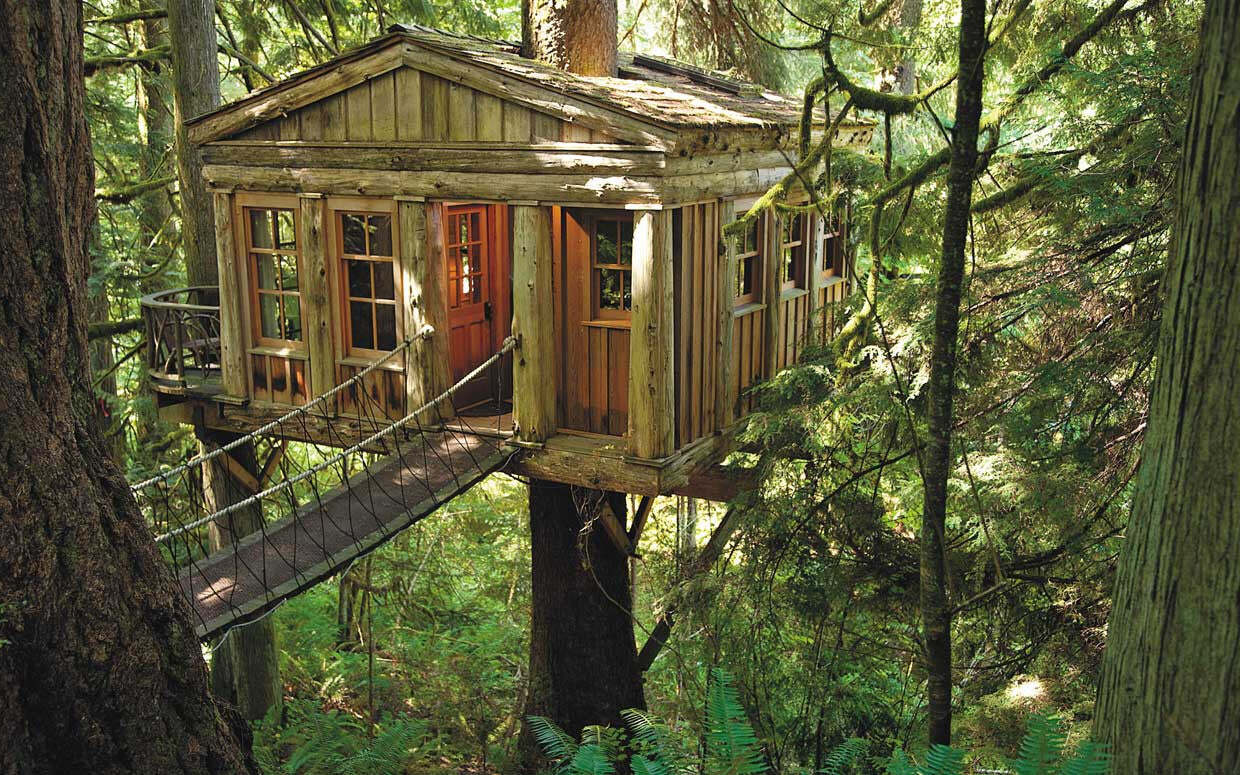
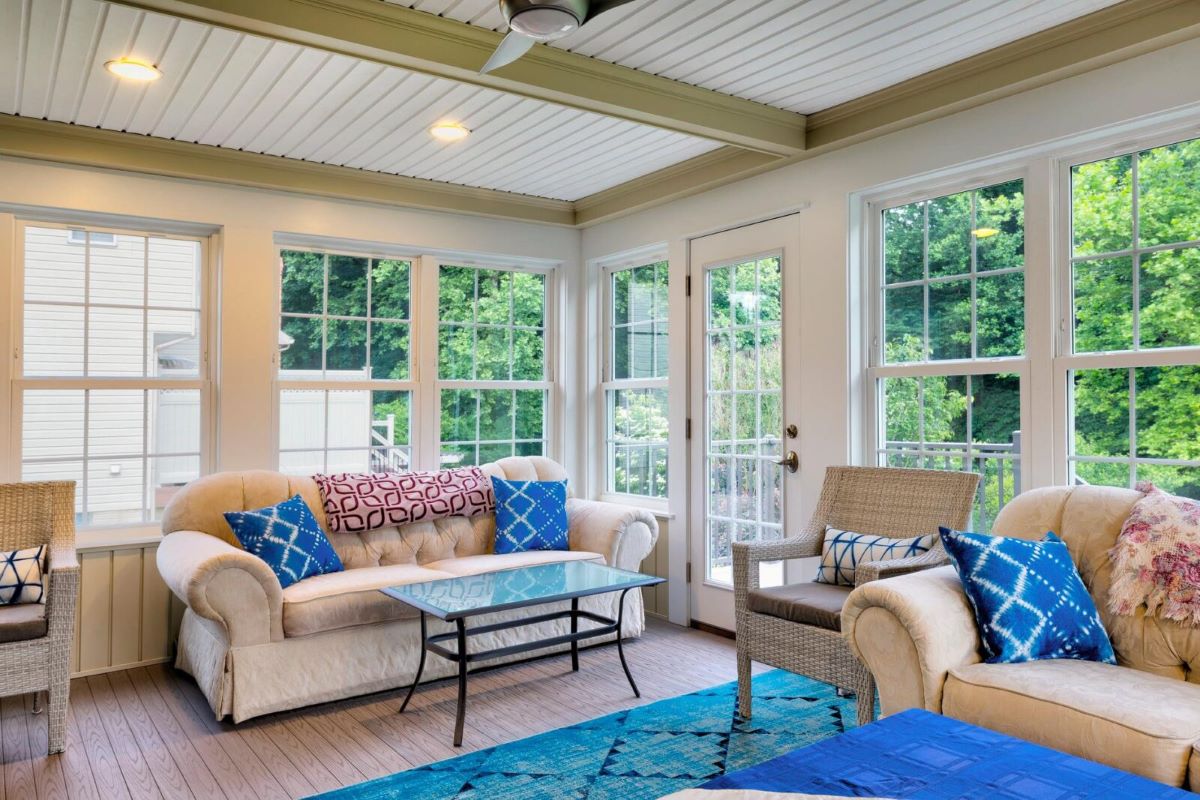

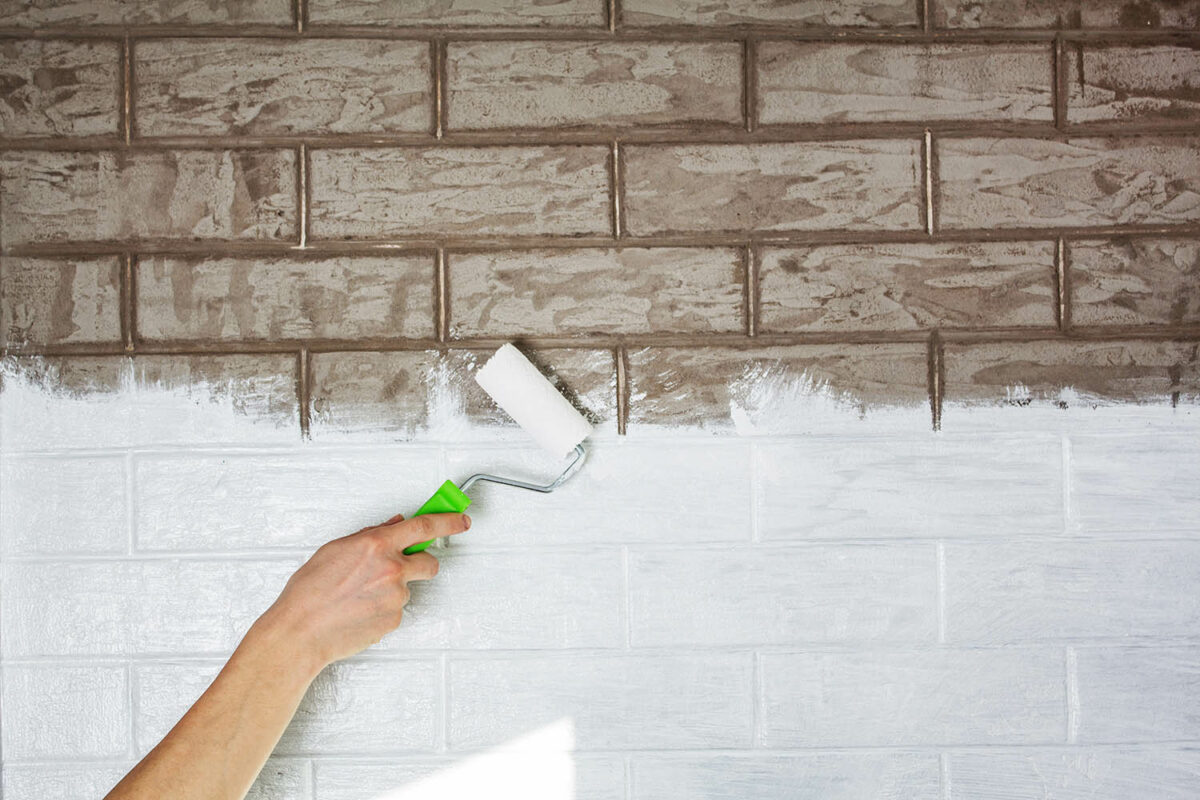




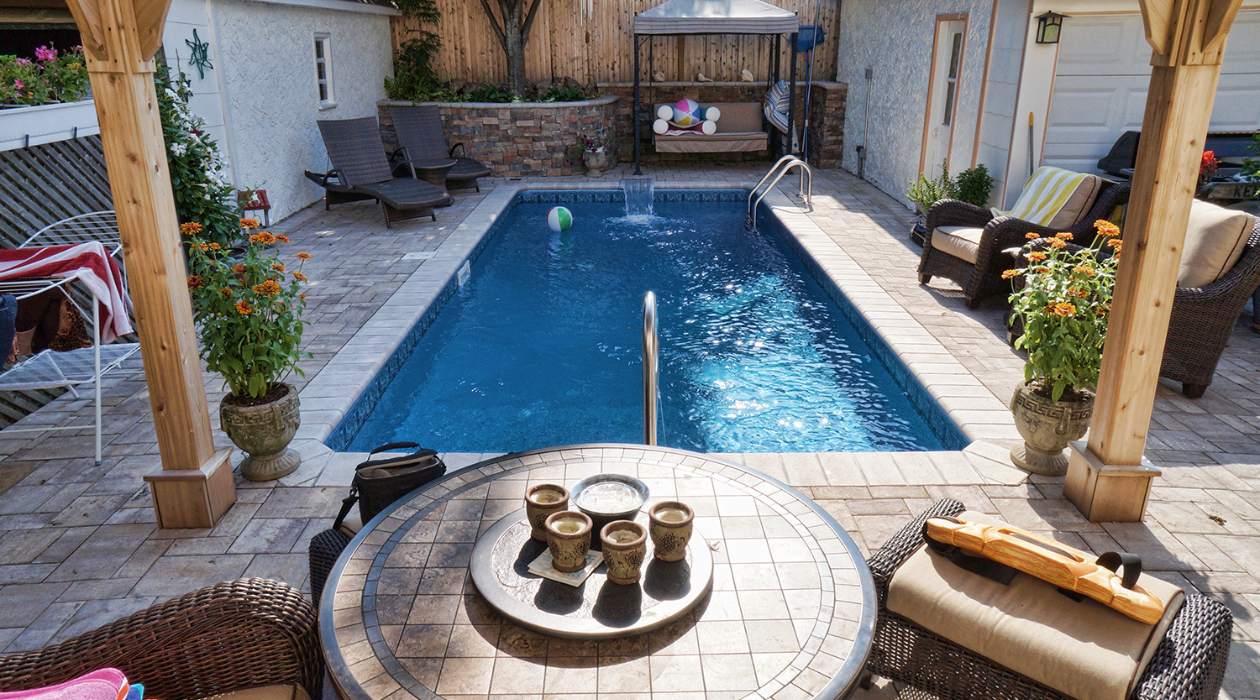
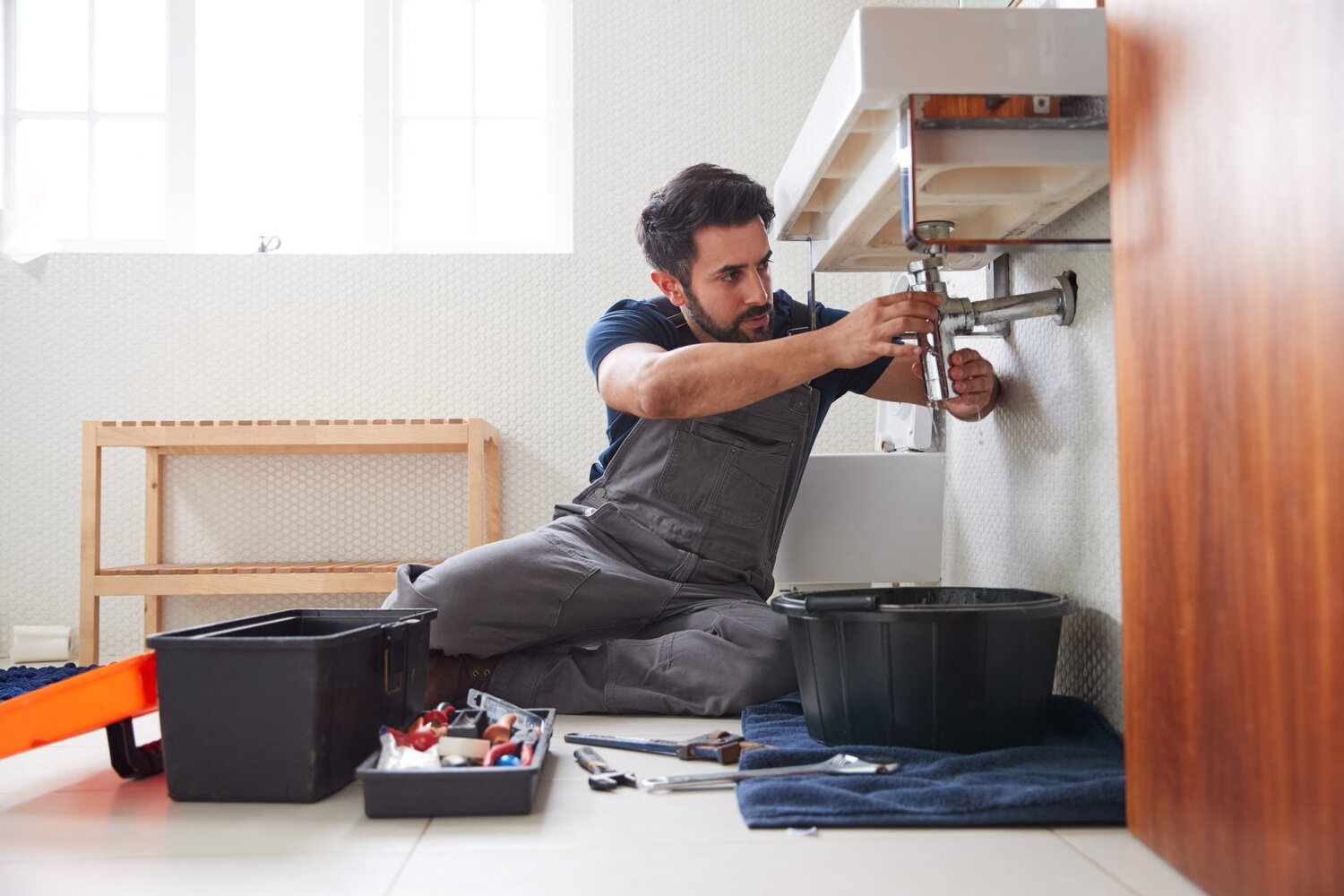
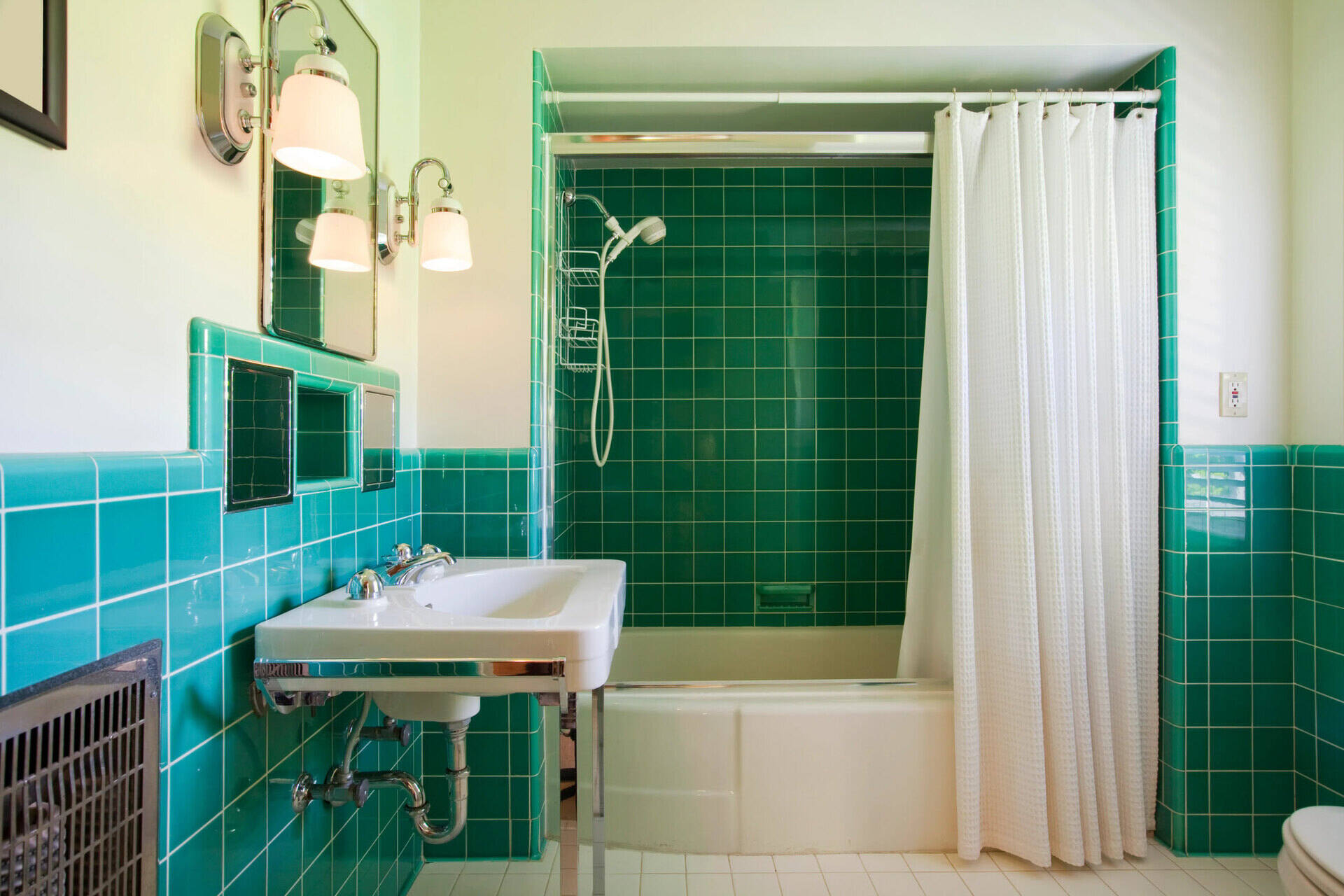

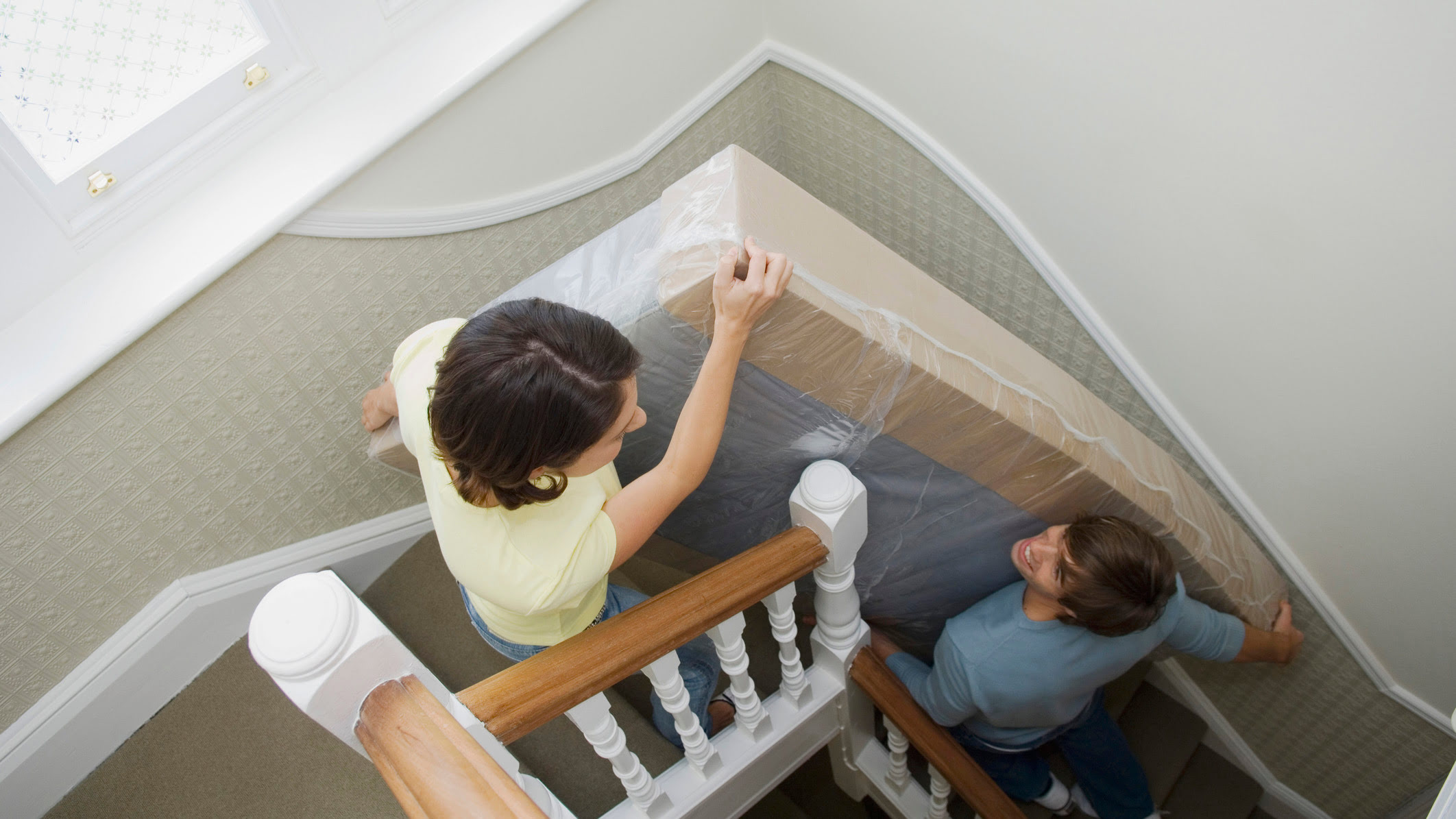


0 thoughts on “Building A Home? Here Are 7 Major Industry Changes You Should Know”